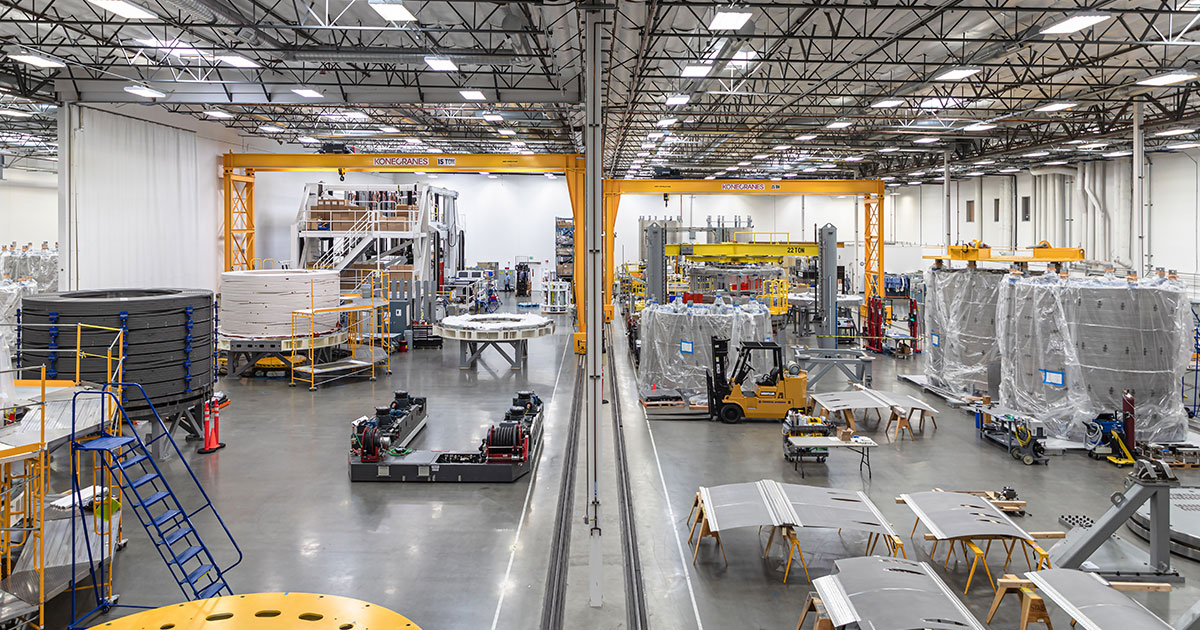 US-based General Atomics (GA) and UK-based Tokamak Energy Ltd have signed a memorandum of understanding (MOU) for collaboration in the area of High Temperature Superconducting (HTS) technology for fusion energy and other industry applications. This will leverage both GA’s capabilities for manufacturing large-scale magnet systems and Tokamak Energy’s expertise in HTS magnet technologies.
US-based General Atomics (GA) and UK-based Tokamak Energy Ltd have signed a memorandum of understanding (MOU) for collaboration in the area of High Temperature Superconducting (HTS) technology for fusion energy and other industry applications. This will leverage both GA’s capabilities for manufacturing large-scale magnet systems and Tokamak Energy’s expertise in HTS magnet technologies.
GA Senior Vice President Anantha Krishnan welcomed the collaboration. “Tokamak Energy is a leader in HTS magnet modelling, design and prototyping and GA has expertise in developing and fabricating large-scale superconducting magnets for fusion applications,” he said.
Tokamak Energy Managing Director Warrick Matthews said: “GA has significant experience, knowledge and facilities to produce large superconducting magnets at scale. Tokamak Energy has been developing HTS technologies for fusion for over a decade. The integration of these complementary capabilities promises to accelerate the development and production of HTS technologies in additional fields, such as aviation, naval, space and medical applications.”
Strong magnetic fields are generated by passing large electrical currents around arrays of electromagnet coils that circle the plasma in fusion reactors. The magnets are wound from HTS tapes, multi-layered conductors with a crucial internal coating of ‘rare earth barium copper oxide’ (REBCO) superconducting material. Developing more powerful HTS magnets will allow fusion power plants to use thinner magnetic coils while generating plasmas at greater densities. This could enable the facilities to operate with greater efficiency and smaller footprints, improving their cost effectiveness.
Tokamak Energy, founded in 2009 as a spin-off from UK Atomic Energy Authority (UKAEA), is also the only private fusion company to have more than 10 years’ experience of designing, building, and operating privately-owned tokamaks. GA established its first fusion research and development programmes in the 1950s and has over five decades of experience operating tokamaks. GA began working on superconducting magnet technologies in the 1980s. In 2015, it established a state-of-the-art Magnet Technologies Centre (MTC) to fabricate the Central Solenoid modules for the international ITER experiment.
Image: GA’s purpose-built Magnet Technologies Center, where it is currently fabricating the world’s most powerful pulsed superconducting magnet for the international ITER project (courtesy of General Atomics)






